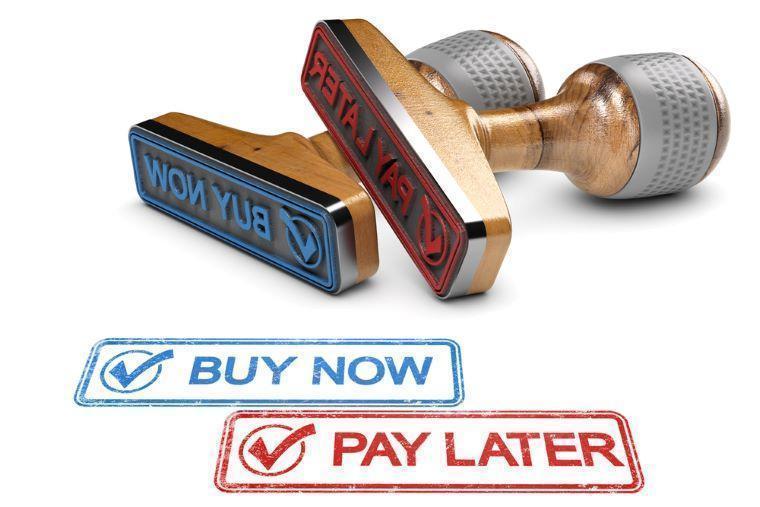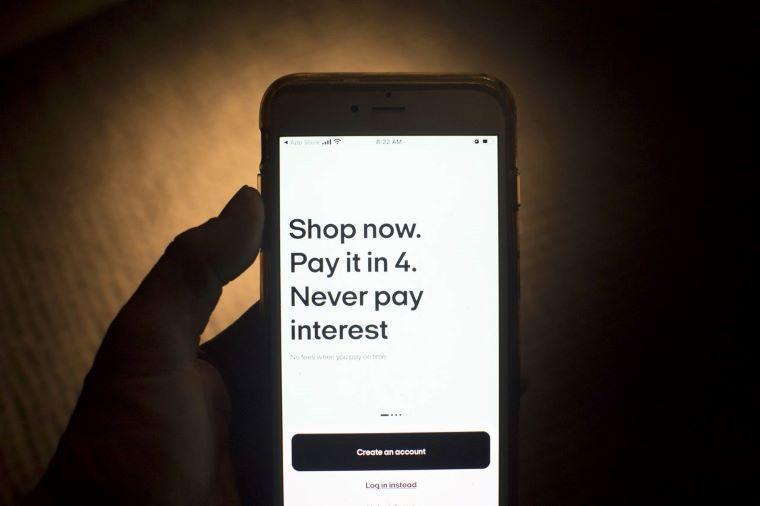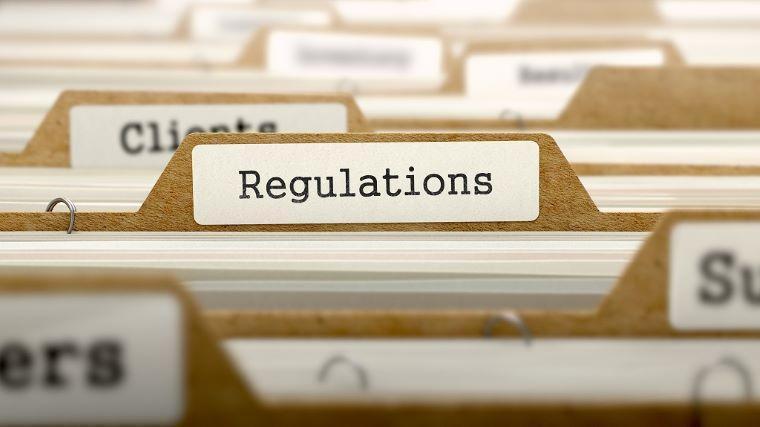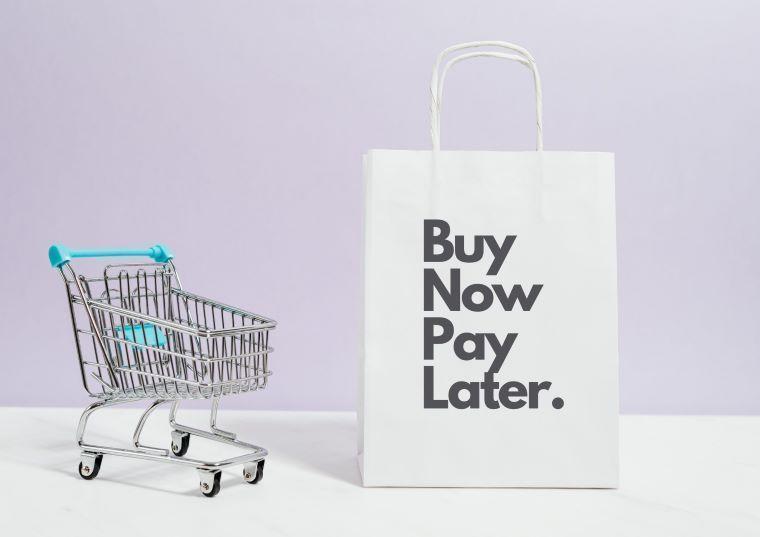How Can Merchants Adapt to New BNPL Laws in the UK & Beyond?

Buy Now, Pay Later (BNPL) is one of the biggest eCommerce trends that has gained impressive prominence over the past few years. While being an accessible way for consumers to acquire products that otherwise would have been difficult to afford, it has also raised concerns regarding the inability of some people to cover the loans they take out.
The exponential growth of the BNPL payment method, the lack of borrower protection it offers, and the need for better financial control among certain categories of shoppers have urged regulatory bodies to take matters into their hands. For instance, the UK legislative authorities are already working on a new set of guidelines expected to go live by mid-2023.
Read ahead to find out what the current situation with BNPL is in the UK and other countries, what to expect from the upcoming regulations, and how to prepare your business for these changes!
The Current State of BNPL

BNPL has experienced a meteoric rise during the pandemic and is set to continue this upward trend. Here is some statistical data to illustrate it:
- In 2019 in the US, the sum of funds lent through BNPL reached $3 billion. By 2020, this figure increased by 13 times, equalling $39 billion1.
- The number of BNPL users is estimated to hit 59.3 million by the end of 20222.
- Global BNPL eCommerce transactions are expected to surpass $680 billion by 20253.
Looking at these figures, it’s easy to understand how much of an impact BNPL has on eCommerce today.
However, according to a recent survey, while 60% of respondents have used a BNPL service over the course of the pandemic, 66% consider them financially risky. This is most likely due to the fact that BNPL causes consumers to spend more than they can afford4.
In fact, only 1 in 12 people use BNPL to cover essentials, such as food and toiletries. The top three purchase categories with this service are:
- 63.5% - Clothing
- 30.3% - Entertainment
- 29.4% - Reading material
The results of such shopping activity are somewhat disturbing, with 2 in 5 shoppers in the UK reporting they had to borrow funds to clear BNPL debt.
Are There Any BNPL Regulations in Force Now?

There are currently more than 150 Buy Now, Pay Later providers across the globe, yet in virtually every country where this payment method is offered, it remains exempt from local laws and regulations.
Here are some insights into what BNPL regulations nowadays look like in some countries:
- In the UK, zero-fee credit agreements of under 12 months are outside the scope of the Financial Conduct Authority.
- In EU countries, there are laws dated back to 2008 that cover the matters of consumer credit and loans of EUR 200 to EUR 75,000. Yet, a lot of BNPL loans are below the minimum threshold and thus are not regulated by the EU legislation in place.
- In the US, BNPL loans aren’t regulated at a federal level. However, the Consumer Financial Protection Bureau (CFPB) published guidelines for BNPL schemes in 2021. This document outlines potential consumer risks associated with such loans.
- Australia also currently doesn't regulate BNPL services. The country’s National Consumer Credit Protection Act 2009 and National Credit Code don’t contain any information regarding situations in which a lender doesn't charge the borrower for credit or issues a small upfront or fixed fee.
- In March 2022, the Singapore FinTech Association started a BNPL Working Group for the sake of developing a code of conduct for providers, with a focus on consumer rights and protection.
While most reputable BNPL providers globally stick to codes of best practice, there are fears of a brewing financial scandal. Thus, most major economies have begun building plans to regulate the provision of BNPL services.
Insights Into UK’s Upcoming BNPL Regulation

One of the latest BNPL legislation initiatives was launched in the UK on 20 June 2022. On that day, the country’s authorities published an official response to calls for the regulation of Buy Now, Pay Later services following a consultation in October 2021, when the potential consumer risks associated with such services were discussed.
Besides, advertising campaigns promoting BNPL loans will be subject to the Financial Promotion Regime. This means that the authorities will ensure they are not misleading or unfair. What’s more, shoppers will have an option to file complaints to the Financial Ombudsman Service if they encounter issues with BNPL purchases.
The plan is that the second consultation paper containing draft legislation will go live already by the end of 2022, while secondary legislation is expected by mid-2023. The Financial Conduct Authority will continue monitoring the industry and conduct further consultations for improving the regulations.
What Does it Mean for Businesses and Shoppers?

Legislation regulating Buy Now, Pay Later operations has been a long-awaited measure. But what do these measures mean for the key players participating in such transactions?
1. Consumers
In the short term, the upcoming regulations may affect the attractiveness of BNPL services, as there will be credit checks introduced to some extent. However, in the long run, laws that govern this payment method will boost trust towards it and bring a lot of additional benefits to consumers, including:
- Lower risk of debts and negatively affected credit rating
- More conscious consumption
- Improved control over finances
The need for such measures is especially critical when it comes to younger generations, which comprise the biggest part of BNPL users - 61% of shoppers aged 18-24 claim to have used this payment method5.
2. Merchants
According to a recent survey conducted in the UK, business leaders believe that:
- BNPL use will increase due to inflation and the rising cost of living (78%)
- Buy Now, Pay Later regulations will boost the popularity of the service (51%)
- The new regulations will not affect the use of BNPL in any way (36%)
- The legislative efforts will increase the business’s trust in BNPL (64%)
3. BNPL Providers
Similar to business owners, BNPL providers will have to deal with additional administrative tasks and face more responsibilities in terms of consumer protection. However, the regulations will provide a reputational boost for them and minimize the instances of legal action that was a common practice before the introduction of regulations due to the undefined code of conduct for such companies.
What Does it Mean for Businesses and Shoppers?

As the governments are actively working on BNPL legislation, it’s essential for vendors to prepare for the new rules. The are several steps that can be undertaken to be ready for the upcoming regulations are:
- Increasing transparency. Merchants need to analyze their marketing publications and adjust the terms they use on the checkout page to ensure that shoppers have a clear understanding of the services they are signing up for.
- Checking in with BNPL service providers. It is essential for businesses to know exactly which BNPL operators they are collaborating with and be informed regarding the policy updates all of them are introducing.
- Improving all stages of the customer journey. Reviewing all the elements of your clients’ shopping experience is yet another critical task to do in preparation for the new BNPL rules. The main goal here is to design an environment where shoppers cannot get into unmanageable debt. For instance, BNPL should never be perceived as the one with lower overall pricing and mustn’t be promoted as the best payment method or a limited-time offer.
The introduction of BNPL regulations across the globe is inevitable, so it is critical to adopt a holistic approach and prepare for them in advance. Choose BNPL providers wisely and follow the tips mentioned above to ensure safe and transparent shopping experiences for consumers.
1 - Exploding Topics - 12 Amazing BNPL Stats (2022)
2 - Bankrate - 2022 Buy now, pay later statistics
3 - Insider intelligence - Buy Now Pay Later Report
4 - C+R Research - Buy Now, Pay Later Statistics and User Habits
5 - PYMNTS - Millennials, Gen Z Fueling BNPL Use
Thank you for reaching us. Your request has been sent successfully. We will get back to you as soon as possible.
Message was not sent

